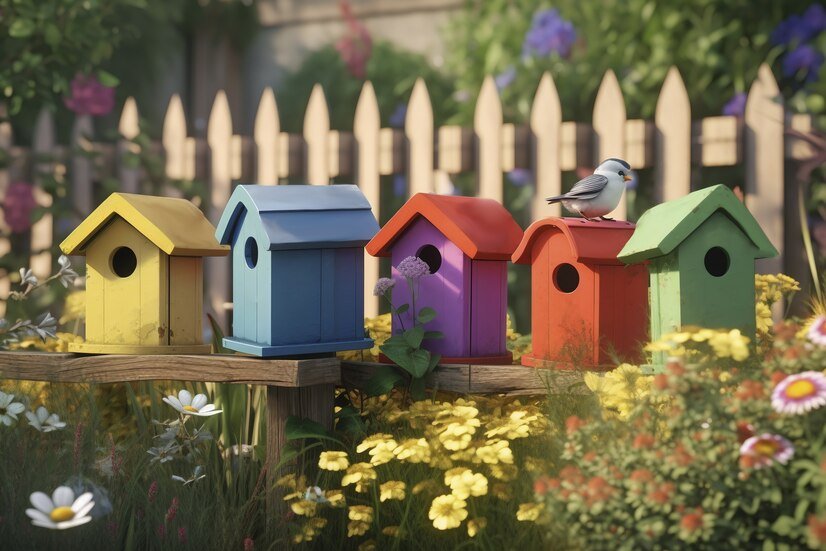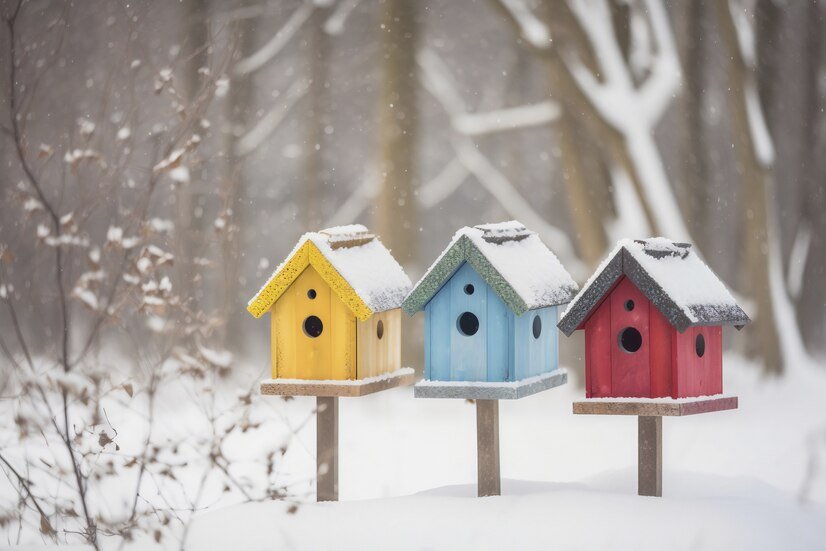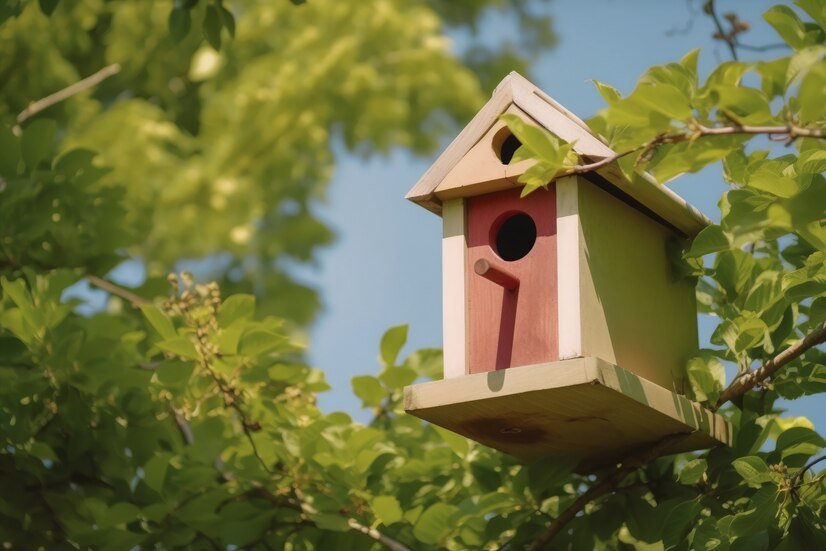Introduction
Bird houses have been a beloved feature in gardens and yards for centuries. They offer birds a safe place to nest and can attract a variety of species to your area. In this article, we’ll explore the importance of bird houses, the different types available, how to choose the best one for your needs, and tips for maintenance. With a focus on making your bird house a welcoming and functional space, you’ll be well on your way to creating a haven for your feathered friends.
Table of Contents
Why Bird Houses Are Essential
Bird houses serve several important purposes. First and foremost, they provide shelter and a nesting place for birds. During the breeding season, birds need a safe and secure location to lay their eggs and raise their young. By installing bird houses in your garden, you contribute to their well-being and help support local bird populations.
Additionally, bird houses can enhance your garden’s aesthetic appeal. With various designs and styles available, you can choose a bird house that complements your outdoor decor. Moreover, watching birds interact with their new home can be a fascinating and enjoyable experience for people of all ages.

Types of Bird Houses
Bird houses come in various styles, each designed to cater to different bird species. Understanding these types will help you select the best bird house for your garden.
- Traditional Bird Houses Traditional bird houses are often made of wood and feature a simple, classic design. They usually include a slanted roof, an entrance hole, and ventilation openings. These bird houses are versatile and suitable for many species.
- Decorative Bird Houses Decorative bird houses add a touch of whimsy to your garden. They come in various shapes and designs, such as cottages, barns, or even miniature replicas of famous landmarks. While they may not always be functional for every bird species, they can enhance the visual appeal of your outdoor space.
- Modern Bird Houses Modern bird houses often feature sleek, minimalist designs and are made from materials like metal or recycled plastics. These bird houses are durable and can withstand various weather conditions, making them a practical choice for long-term use.
- Species-Specific Bird Houses Some bird houses are designed specifically for certain bird species. For example, bluebird houses have a specific entrance size to accommodate bluebirds, while wren houses are designed with smaller entrance holes for wrens. Choosing a species-specific bird house can increase the likelihood of attracting your desired bird species.
- Bat Houses Although not technically bird houses, bat houses are another option for those interested in providing shelter for wildlife. Bats help control insect populations and can be a beneficial addition to your garden.
Choosing the Right Bird House

Selecting the right bird house involves considering several factors to ensure it meets the needs of your local bird species and fits well within your garden. Here’s what to keep in mind:
- Material Bird houses are typically made from wood, metal, or plastic. Wood is a popular choice due to its natural insulating properties, but it requires regular maintenance. Metal and plastic bird houses are more durable and weather-resistant but may not provide the same insulation as wood.
- Size The size of the bird house should correspond to the bird species you want to attract. Larger bird houses are suitable for bigger birds like owls or kestrels, while smaller ones are ideal for species like chickadees or wrens.
- Entrance Hole The size of the entrance hole is crucial. It needs to be the right size to allow birds in while keeping predators out. For example, bluebird houses typically have a 1.5-inch entrance hole, while wren houses have a 1-inch hole.
- Ventilation Proper ventilation is essential to keep the interior of the bird house cool and dry. Look for bird houses with ventilation holes or slots to ensure adequate airflow.
- Mounting Consider how you will mount the bird house. It should be placed at an appropriate height and location to protect it from predators and harsh weather. Bird houses can be mounted on poles, tree trunks, or walls.
How to Maintain Your Bird House
Regular maintenance is key to ensuring your bird house remains a safe and inviting home for birds. Here are some tips for keeping your bird house in top condition:
- Clean Regularly Clean the bird house at least once a year, preferably in the fall or early spring. Remove old nesting materials and scrub the interior with a mild detergent. Avoid using harsh chemicals, as they can be harmful to birds.
- Inspect for Damage Regularly check for signs of wear and tear, such as cracks or loose parts. Repair or replace damaged components to ensure the bird house remains functional.
- Protect from Pests Keep an eye out for pests such as mites or ants that can infest the bird house. Using natural repellents or deterrents can help keep pests at bay.
- Seasonal Adjustments In colder climates, consider adding insulation or a draft shield to help birds stay warm during the winter. In hotter regions, ensure adequate ventilation to keep the bird house cool.
FAQs About Bird Houses
Q1: How can I attract birds to my bird house?
A1: To attract birds, place your bird house in a quiet, sheltered location away from predators. Using bird feeders and providing water sources nearby can also help draw birds to your garden.
Q2: Can I use any type of wood for a bird house?
A2: It’s best to use untreated, natural wood for bird houses. Cedar and pine are good choices as they are durable and provide natural insulation.
Q3: How high should I mount my bird house?
A3: The height at which you mount your bird house depends on the species you want to attract. Generally, placing the bird house 5 to 10 feet off the ground is ideal.
Q4: When is the best time to put up a bird house?
A4: It’s best to put up a bird house in the late winter or early spring, before the breeding season begins. This gives birds time to find and inspect the bird house.
Q5: How can I make my bird house more predator-proof?
A5: To protect your bird house from predators, use baffles or predator guards on poles. Ensure the entrance hole is appropriately sized to deter larger predators.
Conclusion
Bird houses are a fantastic way to enhance your garden while providing valuable shelter for birds. By understanding the different types of bird houses, selecting the right one for your needs, and maintaining it properly, you can create a welcoming environment for a variety of bird species. Whether you’re a passionate birdwatcher or simply enjoy the beauty of nature, a bird house is a wonderful addition to any outdoor space. Embrace the joy of bird watching and contribute to local wildlife conservation by installing and caring for your bird house.
You can see lates updates on: Thefsiblog

